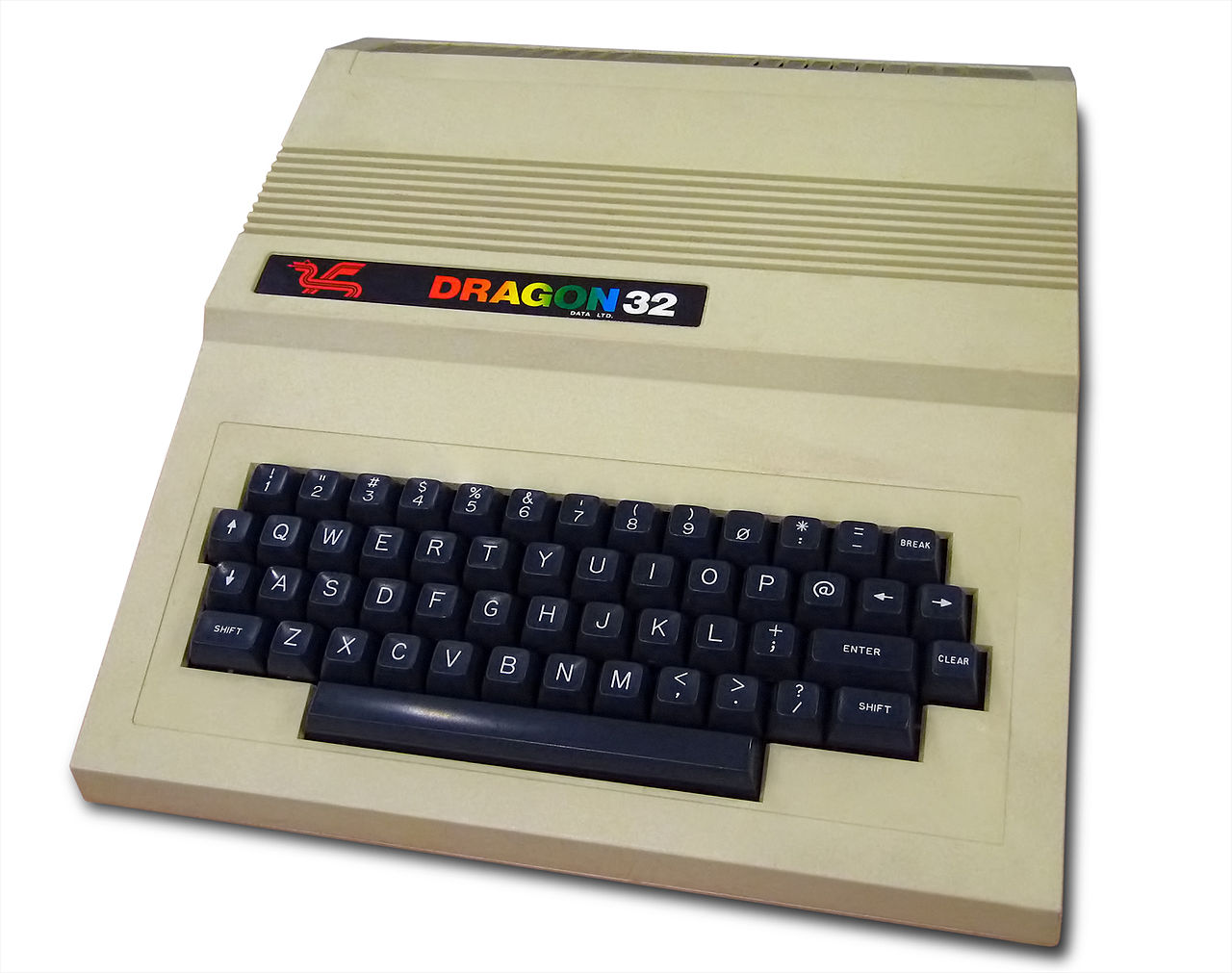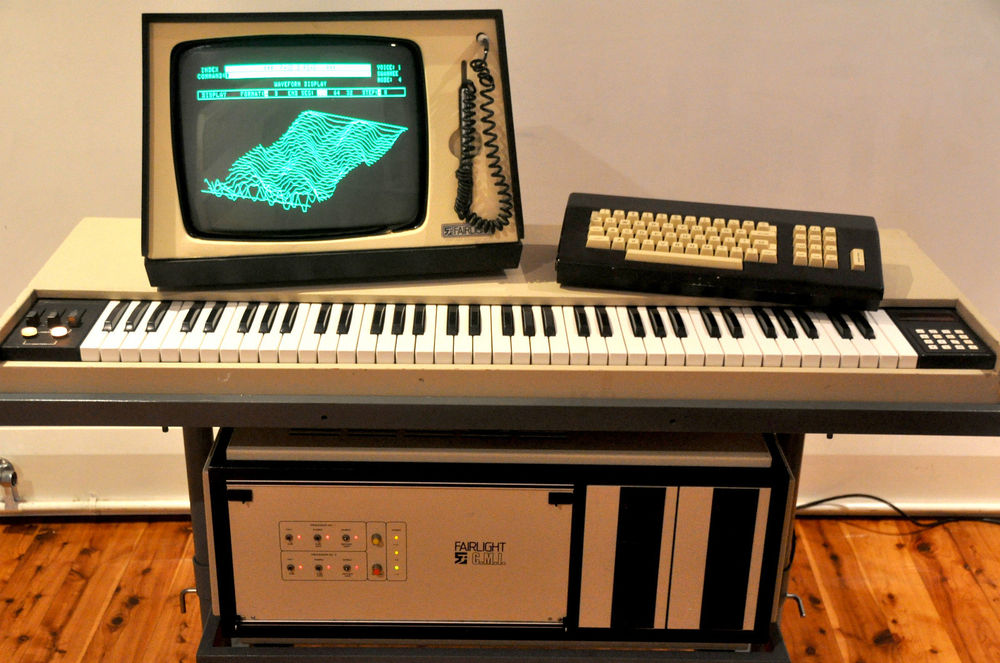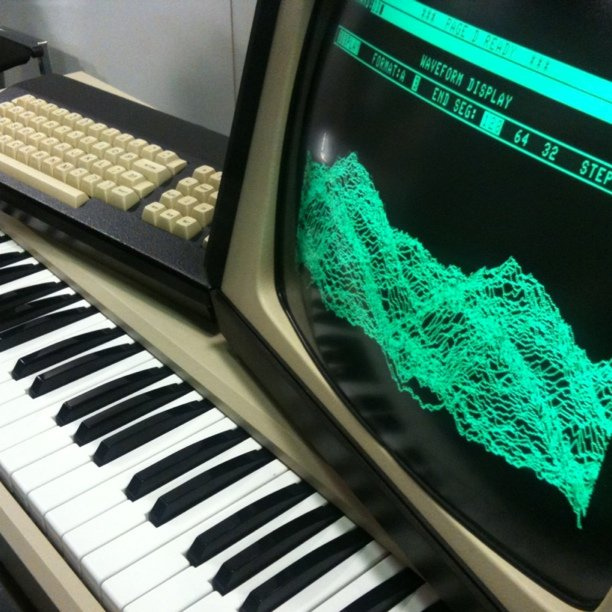The Sampler I Built on a Dragon 32 at Age 13
Most kids in the early 80s had their first encounters with computers through a ZX Spectrum, a Commodore 64, or maybe a BBC Micro. My friends were in that camp: loading games from cassette, typing in BASIC listings from magazines, and trying to beat each other's high scores.
I, however, had something a little different: a Dragon 32.

At 13 years old, I didn't know it, but being "stuck" with a Dragon instead of a Spectrum was the luckiest break imaginable. It set me on a path of seeing computers not just as boxes to play with, but as machines to reprogram from the inside out.
Life Without an Assembler
The Dragon had a cartridge-based assembler/editor you could buy for about £9. For a 13-year-old in 1983, that might as well have been a fortune. I couldn't afford it.
So instead, I went hardcore:
- I got hold of a 6809 opcode table.
- Wrote out my machine code programs on paper, by hand.
- Typed them into BASIC as arrays of hex values.
POKEd them into RAM.- Ran them with
EXEC.
If I had transposed an 8E into an 8F, the whole thing crashed. Debugging was re-checking hex digits against scribbled notes until my eyes blurred. Primitive, painful, but it forced me to internalise every instruction and cycle.
Inspired by the Fairlight

At the same time, I was falling in love with synthesisers. I had started playing, reading about, absorbing everything I could about electronic music.
This was the era when the Fairlight CMI, Synclavier, and Emulator were the stuff of dreams. They were samplers: machines that could record real-world sounds, store them digitally, and then play them back at different pitches. They cost as much as a house. Peter Gabriel, Kate Bush, Stevie Wonder had them. I could only stare at pictures in magazines and imagine.
But then I thought: what if my Dragon could do something like that?
The Cassette Port Hack
The Dragon had no sound chip, no ADC, no DAC. Just a 1-bit speaker line, and a cassette input circuit designed to decode the squeals of data tapes.
That should have been a dead end.
But when I experimented, I noticed something odd: the cassette input wasn't strictly binary. It didn't just give me "on" or "off." Because of how the comparator circuitry behaved, it had three distinct states: low, high, and a fuzzy middle. In other words, about 1.5 bits of effective resolution.
It was crude, noisy, and unintended. But it was enough.
I wrote a recorder routine that hammered the cassette input line, sampling as fast as it could and writing values into RAM. Then I wrote a playback routine that bit-banged the speaker pin, pulling values back out at fixed intervals.
I had built a sampler. On a Dragon 32. At 13.
Music Theory Meets Machine Code
Getting any sound out was one thing. Making it musical was another.
This is where my obsession with both music theory and the 6809's cycle timings came together:
- I calculated the clock cycles per instruction on the 1 MHz CPU.
- I worked backwards from the 12th-root-of-2 formula that underpins the 12 notes of the octave.
- I built playback loops where each branch, load, or store wasn't just code - it was part of the timing structure that determined pitch.
The result was a sampler that could not only record, but replay sounds at the correct musical pitches.
It wasn't just a Dragon squeaking out bleeps. It was, in its own way, a miniature Fairlight.
Drawing the Sound
The Fairlight CMI wasn't just about sound - it had that iconic waveform display, showing samples scrolling across the screen in 3D-like graphs. Seeing sound on a monitor was revolutionary.

Naturally, I wanted that too.
So I wrote another routine in 6809 machine code to take the captured samples and plot them on screen. The Dragon's video hardware was limited - blocky semigraphics, monochrome - but I got it to work. My Dragon could record a sound, play it back at different pitches, and then show the waveform scrolling across the screen.
Crude compared to a Fairlight, yes. But recognisable. And to a 13-year-old, sitting at a green-screen monitor, it felt like magic.
The Missed £100
Computer magazines in those days paid £100 if you sent in a listing they published. That was serious money. Enough to buy me a proper amplifier for my music setup.
I thought about submitting my sampler. The only problem: I had no printer.
My code existed only as hand-written hex and a program full of DATA
statements. No way to print it, no way to share it.
So it stayed in my notebook, unsubmitted. A lost teenage project.
Looking Back
Most of my friends remember their first games. I remember writing a musical sampler with a waveform display on a machine not designed for either sound or graphics, entirely in hand-coded machine code, at 13.
That project taught me:
- Hardware often does more than the manual admits.
- Constraints are not walls, but fuel for invention.
- Music, maths, and programming are not separate - they converge.
And it gave me a mindset I've never lost: if you can POKE opcodes
into RAM by hand and line them up with musical scales at 13, you can probably figure
out just about anything later in life.
Attributions
Dragon 32 Image : By Liftarn, Editing by: Bill Bertram (Pixel8) - https://www.flickr.com/photos/liftarn/2894913418/, CC BY-SA 2.0, https://commons.wikimedia.org/w/index.php?curid=15351920
There's a great documentary on YouTube about the Fairlight CMI here https://www.youtube.com/watch?v=jkiYy0i8FtA